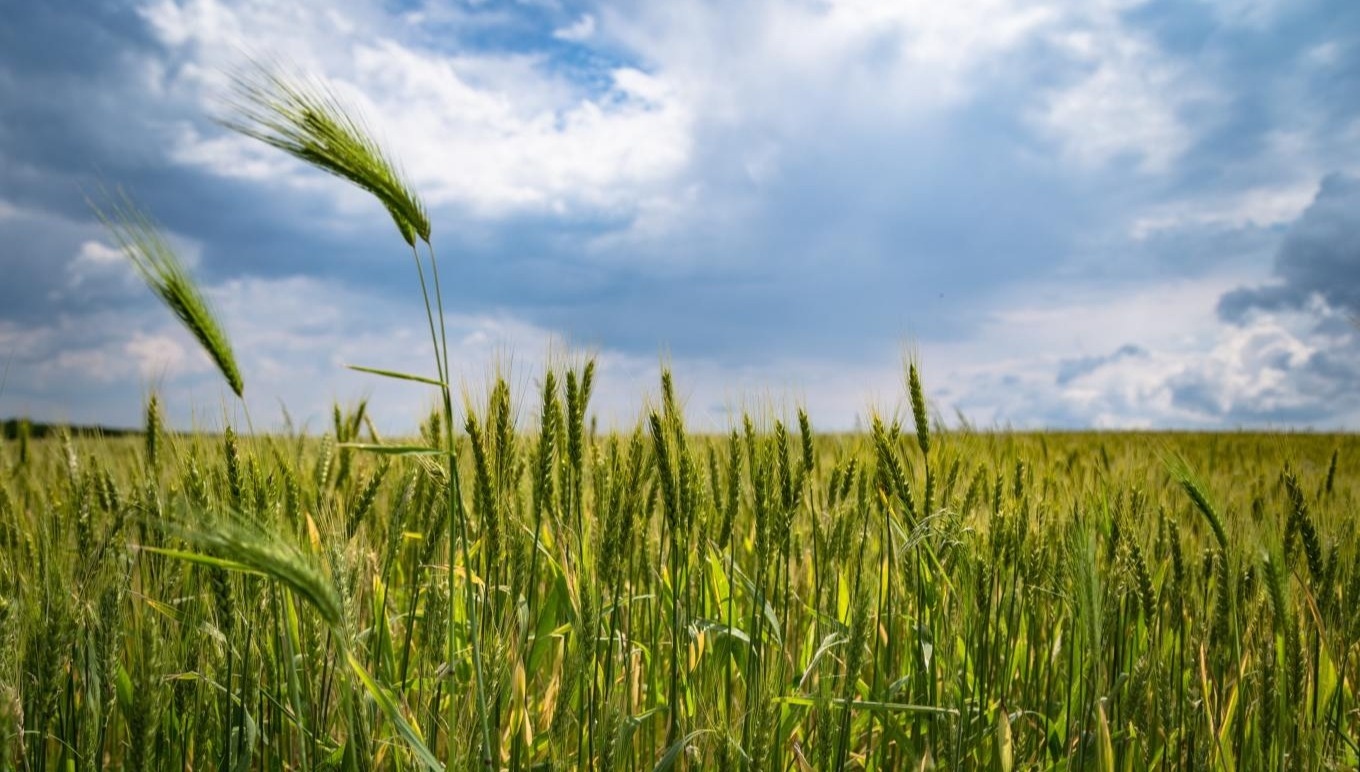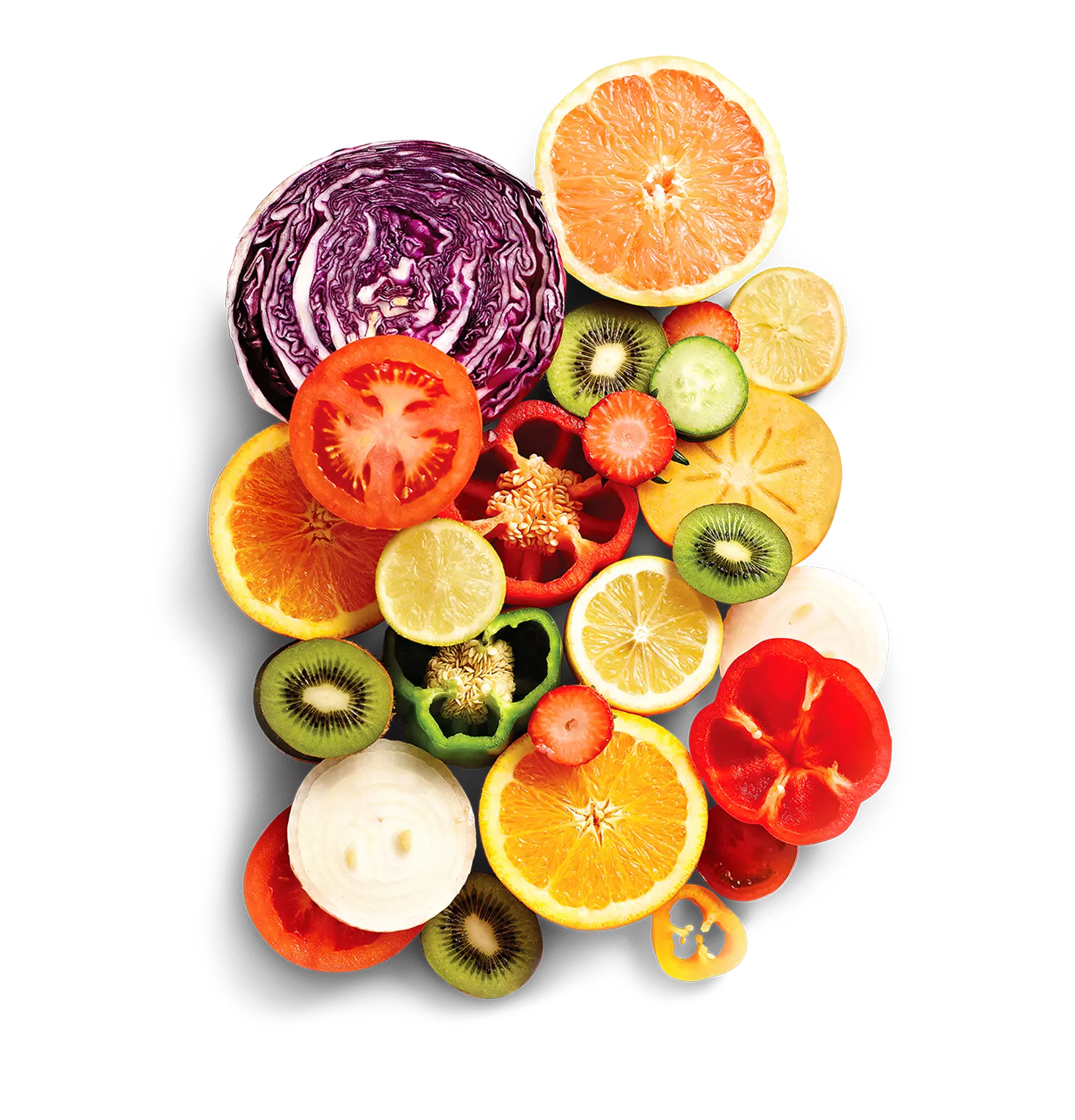4 Ways Food and Beverage Businesses Can Shrink Their Carbon Footprint
4 Ways Food and Beverage Businesses Can Shrink Their Carbon Footprint
4 Ways Food and Beverage Businesses Can Shrink Their Carbon Footprint

It’s no secret that the way today’s food and beverage industry is currently structured has a significant impact on the environment. Even a cursory glance at the statistics paints a pretty grim picture—roughly 17.3 billion metric tonnes of carbon dioxide are produced and released into the atmosphere by food and beverage businesses around the world each year, amounting to one-third of all greenhouse gas emissions annually.
Of course, it isn’t as though we can simply do without in this situation—these negatives come in pursuit of very necessary commodities, as most people rely on commercially available food and beverage products to survive. In fact, as populations continue to grow, demand will also continue to rise, with a 60% increase predicted between the present day and the year 2050.
This means that companies like yours need to get better at producing the finished goods you make in a more sustainable fashion. A big part of that will be reducing the emissions that your organization is responsible for creating, both inside your own facilities as well as through the supply chain partnerships you forge.
Here, we’ll cover four ways that businesses can shrink carbon footprint in the food industry, as well as the technological foundation you’ll need to be ready for a more agile, lean and sustainable future going forward.
1. Prioritize Sustainable Sourcing
Considering that 71% of emissions are from land use and the farm-and-harvest stages, that step in your company’s supply chain could have substantial room for improvement from a sustainability perspective. In order to ensure your organization is doing its part to protect the planet, you should investigate your sources for agricultural materials and confirm that those partners are employing methods that serve to shrink their own carbon footprint.
Look into the growing methods that your suppliers use, including application of crop rotations that allow the soil to regenerate, fuel consumption of their vehicles, use of pesticides and more. Also dig into how the land they use for crops was initially cleared for agriculture—you should strive to partner only with those suppliers who avoid deforesting large expanses for their fields or at least are committed to a tree replanting initiative.
It’s not a bad idea to schedule a physical visit to your suppliers to confirm they’re doing all they can to be as sustainable as possible. When you clearly demonstrate that you source your ingredients responsibly, you stand to benefit with a boost to your brand reputation, as well as better revenue. After all, a Simon-Kucher & Partners study discovered that 85% of respondents have already shifted their buying preferences toward more sustainable options.
2. Reduce Waste and Spoilage
Of all the statistics on the environmental impact of the food and beverage industry, perhaps the most staggering is that food waste alone accounts for 6% of global greenhouse emissions. That’s even more unfortunate to hear when you take into account that the latest numbers on world hunger indicate that nearly 193 million individuals are acutely food insecure.
To reduce waste in your facilities and supply chain to an absolute minimum, you should look to put in place a robust inventory management system that helps you track expiration dates and maintain a first-expiry, first-out (FEFO) material picking method. An industry-specific enterprise resource planning (ERP) solution can deliver that technology and more, including real-time performance updates that help you weed out the causes of waste in your operations.
Another effective strategy is to implement a complete recycling plan involving composting of biodegradables, rerouting waste to new outlets and repurposing the naturally occurring byproducts of your manufacturing processes. While that won’t undo the waste that has occurred, it will prevent the scrap from going to landfills, which emit the same volume of greenhouse gases each year as 20.3 million passenger cars in the U.S. alone.
billion metric tonnes of carbon dioxide are produced and released into the atmosphere by food and beverage businesses annually
3. Go as Paperless as Possible
Good record-keeping is absolutely crucial for food and beverage businesses, especially considering how vital traceability information is for both regulatory compliance and safety. You also have plenty of other critically important data, including recipes and formulas as well as sales orders and general bookkeeping materials.
Maintaining all of these files digitally is the way to do right by the planet. While you'll inevitably have to print out physical versions of some key documents, getting your company as close to truly "paperless" as possible is a good strategy for reducing your carbon footprint, especially when you consider 14% of global deforestation is due to the demand for paper-based goods.
A food ERP is the optimal means by which to achieve this goal, as such a system can serve as a single, organization-wide repository of knowledge that doesn't require any paper at all. Your employees can conserve resources by simply logging into the interface and accessing the details they need, and that will help them be more efficient to boot—no more searching for a hastily scribbled note or printing an extra page to replace one that's lost.
4. Explore Transportation Alternatives
Whether your organization has its own fleet for delivery of sales orders or contracts a dedicated distributor, you know that the emissions of automobiles are among the most highly scrutinized contributors to climate change. Interestingly, transportation accounts for only 5% of the total emissions from the average food and beverage product, but that doesn’t mean it’s not worth exploring ways to cut back on this front.
One way to reduce your distribution carbon footprint is to work with local clients as much as possible—after all, fewer miles on the road means less fuel consumed and therefore reduced emissions. For those companies that have their own vehicles, you may not be able to replace all of them with more fuel-efficient models, all-electric trucks or hybrids, but you may be able to slowly phase them in or work with more sustainable biofuels.
There’s also route planning software that optimizes the usage of your fleet and maximizes the efficiency of your distribution efforts from both a fuel consumption and time perspective. Our own routing and scheduling solution, Aptean Routing & Scheduling, uses a dynamic hybrid model to create each day’s routes quickly and easily while taking into account set deliveries, emergency orders and your sustainability goals.
Aptean: Your Go-To Provider for Purpose-Built Business Solutions
A general guiding principle behind these methods of becoming more sustainable is to “work smarter, not harder.” A great way to accomplish that aim is to partner with a proven provider of industry-specific systems like those we’ve discussed here.
At Aptean, our teams have decades of in-depth experience across the spectrum of food and beverage markets, and we keep up with the trends and pressing issues of the day, including the imperative that is sustainability. We’re always improving our systems to meet the unique challenges that organizations like yours face, including the increasing pressure to get leaner and greener.
We’re happy to provide advice on best practices and guidance throughout platform implementation to help you realize better results, including a smaller carbon footprint and greater overall efficiency. All of the software mentioned in this post—including Aptean Food & Beverage ERP, Aptean Routing & Scheduling and Aptean PLM—come with powerful data analytics capabilities that let you really crunch the numbers and find out what’s working and what’s not.
Better still, we can also deploy our award-winning food and beverage ERP from the cloud, giving you the ultimate lightweight, flexible and mobile-friendly technological foundation of operations. And that’s just one example of how we’re keeping our finger on the pulse of the food and beverage world and upgrading our offerings based on the specific needs and unique challenges of our clients.
So, ready to hear more about any of our leading solutions for enterprise resource planning, routing and scheduling or product lifecycle management? Contact us today or request a personalized demo.
¿Todo listo para transformar tu negocio?
Tenemos las soluciones ERP especializadas que necesitas para superar los desafíos de tu sector.



 Jack Payne | Vice President, Product Management & Solutions Consulting
Jack Payne | Vice President, Product Management & Solutions Consulting